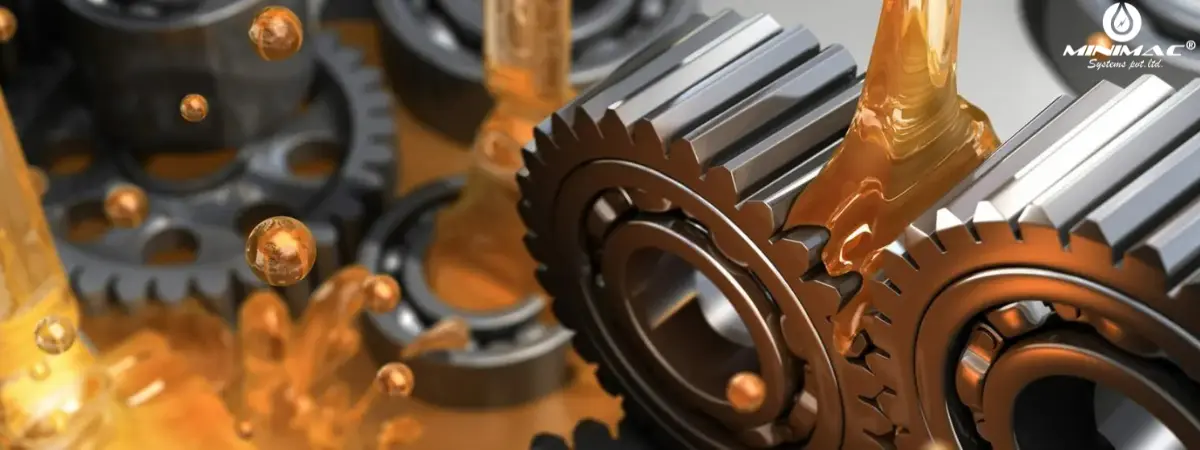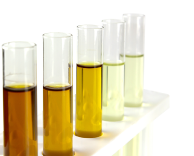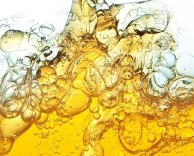Hydraulic Oil Flushing: Importance, Methods, and Best Practices for Optimal System Performance
Introduction
Hydraulic systems are essential to a wide range of industrial applications, providing power and control to machinery. Yet, to keep performing, usually you need some maintenance, and one of the most necessary of them is a hydraulic oil flushing. Hydraulic oil system flushing removes contaminants, wear particles and degraded oil to ensure smooth operation and prolong the life of hydraulic equipment. In this write-up, we will go through the significance of hydraulic oil flushing, some do's and don'ts practices, and cleaning methods as well as discuss in detail how to flush hydraulic oil systems.

Hydraulic Oil Flushing Significance
However, the hydraulic oil flushing has a prominent role to play. Hydraulic oil can be contaminated with particles, water and other debris over time, preventing your system from performing as best it can. Regular flushing helps to:
- Avoid equipment failures: If there are contaminants, they will wear components and naturally, this means more expense on your part to undertake repairs and replacements.
- Improved Performance: By using clean hydraulic oil, performance and response times are maintained at optimal levels in hydraulic systems.
- Oil Life Extension: When impurities are removed, the life of hydraulic oil can be extended, allowing for less frequent oil changes.
- Safety: Keeping your hydraulic system clean will help prevent any potential system failure and, therefore, keep your operation safe.
- Hydraulic Pressure Maintenance: Regular oil flushing maintains the take-up of hydraulic pressure within the system. Pollutants can affect hydraulic machines by blocking the flow of fluids, causing a pressure drop. Mulch helps prevent external factors from entering the hydraulic oil, making sure operators maintain stable and accurate pressure levels that are critical for the machinery to run appropriately.
Practical Method of Hydraulic Oil Flushing
- Use Suitable Quality Oil: Always use oil that fulfills the requirements of your hydraulic system.
- Watch Where the Oil is Used: Perform checking methods (like viscosity & particle count statistics) to know the condition of hydraulic oil periodically.
- Manufacturer Guidelines: Follow the equipment manufacturer’s flushing intervals and procedures.
- Examine System Components: Check components for wear and damage before and after flushing to avoid future problems.
For More information about Hydraulic oil flushing Systems - Click Here
How to Flush Hydraulic Oil Systems
Flushing hydraulic oil systems involves several steps:
-
Preparation:
- Prepare your required tools, flushing oil/hoses, and filters.
- Make sure that they have safety precautions to follow, such as wearing personal protective equipment (PPE).
-
Drain the System:
- Shut down the system and drain the current hydraulic oil into an appropriate vessel.
- Get rid of used oil based on environmental standards.
- Flushing Equipment: Attach flushing equipment to the hydraulic system with the correct flow direction.
-
Flush the System:
- Operate the flushing pump and pump the flushing oil through the system.
- Open up the oil to flow for a certain period of time, or until the pollutants are discharged (by visual inspection or test).
- Flushing to Replace Filters: Ensure all filters are replaced post-flush to ensure the system cannot become re-contaminated.
- Replace Full with Fresh Hyd Oil: Fill the system with clean Hyd oil to the necessary spec.
- Conduct System Inspections: Inspect for leaks, pressure levels, and system test operations.
Cleaning Methods For Hydraulic Oil Systems
- Chemical Cleaning: The Nature of chemical cleaning comes into play here & hence this will be using chemical agents that are capable of dissolving up contaminants and debris accumulated over time. It is also used for varnish and sludge removal, but must be handled with care with chemicals.
- Mechanical Cleaning: This technique uses filters and special apparatus to directly extract the particles and impurities from the oil. It can be used alongside flushing.
- Ultrasonic Cleaning: A more high-tech option that uses ultrasonic waves to agitate the cleaning solution to make it more effective at removing contaminants, especially from tiny areas.
When to Flush The Hydraulic Oil System
- Flushing is part of routine scheduled maintenance: Using the manufacturer's suggested maintenance schedule.
- Oil State: Check the oil for evidence of pollution, discoloration, or more viscosity.
- Poor Performance: You might want to get a flush done if your system is acting oddly, such as running slowly or making strange sounds.
- Oil Change Frequency: Flushing should be performed to keep the system clean if you frequently change hydraulic oil.
Guide of Hydraulic Oil Flushing Procedure
-
Preparation:
- Refer to the hydraulic system service manual for detailed instructions.
- Keep the flushing area clean, contamination-free.
-
Drain Old Oil:
- Extract old oil the right way.
- Dispose of used oil in specified containers.
-
Connect Flushing Equipment:
- Connect hoses and pumps to allow for flushing
- Make sure all connections are tight to prevent leaking.
-
Flush the System:
- Initiate the flushing and assess flow parameters and pressures.
- Inject a proper flushing agent or oil, as per the needs of the system.
- Filter Replacement: Change filters post-flushing to prevent contamination.
- Refill with New Oil: Top up the system with new oil, which should conform to specifications.
- Final Checks: Test and inspect to verify proper operation.
Hydraulic Oil Flushing Service
Several companies that you can find offer hydraulic oil flushing services, in which they can help you expertise with their special equipment that is designed to particularly restore cleanliness. Such services can come in very handy for:
- Complex Systems: For those systems that are not easily accessible and/or require special procedures.
- Saves Time: Let's your maintenance team save time in handling other important tasks.
- Expertise: Making sure that all industry standards and regulations are followed to the letter
Conclusion
Hydraulic oil flushing plays a vital role in ensuring system efficiency, avoiding failures, and preventing premature wear of equipment. Frequent flushing eliminates impurities, protects the quality of oil, and keeps the car running smoothly. By utilising best practices and methods, industries can significantly enhance performance, minimise wear and tear, in addition to safeguard their hydraulic systems.
Learn more about our services and industry insights by visiting our official LinkedIn page: Minimac Systems




